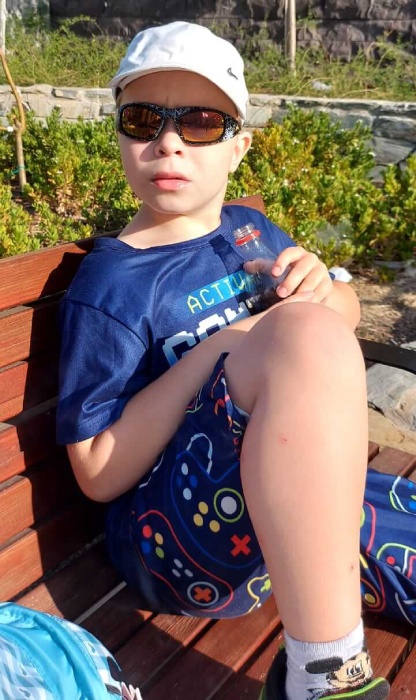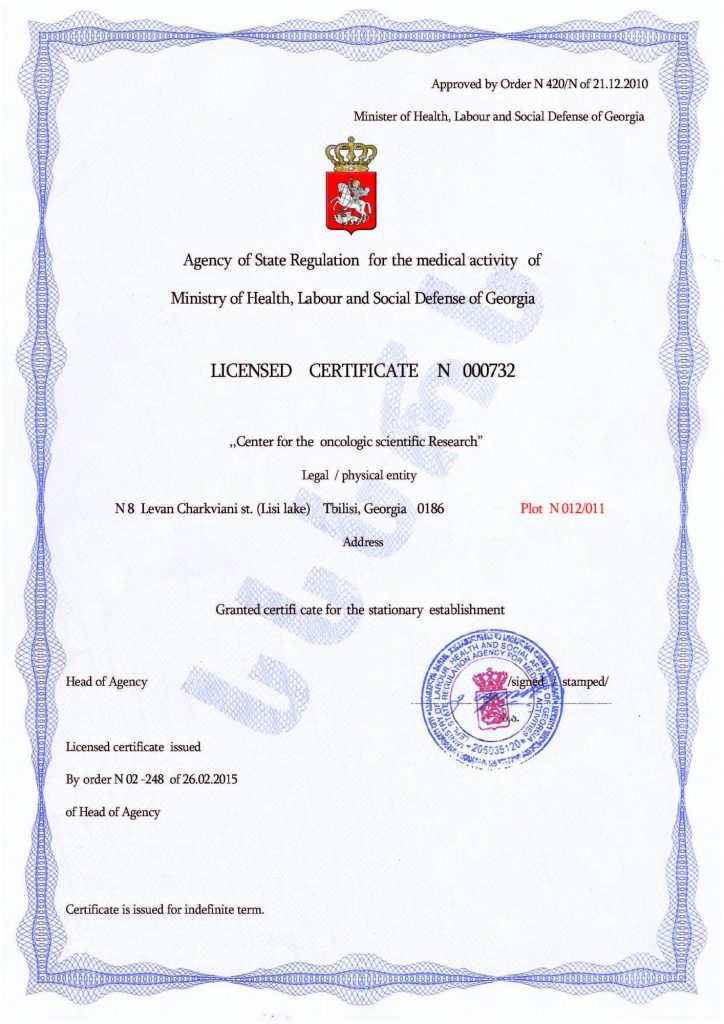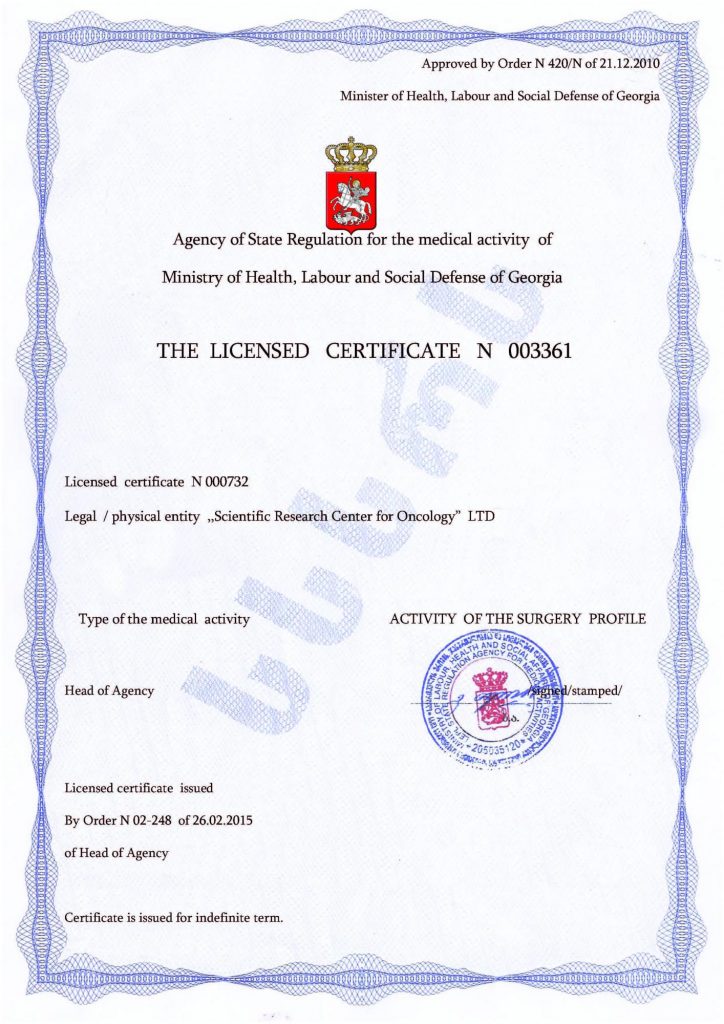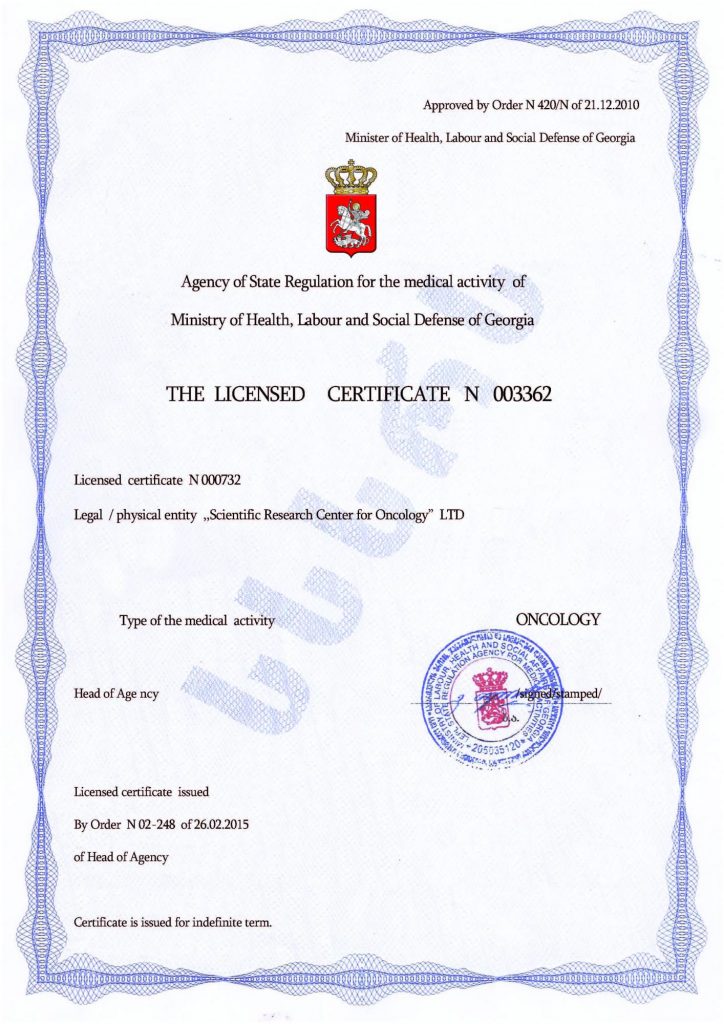How to Organize a Sensory Corner for an Autistic Child at Home?
What is a sensory corner? It is a space where a child with autism can explore different sensory experiences. Through daily activities, tolerance to sensory stimuli can be developed, motor skills can be improved, the nervous system can be relaxed, and the development of the sensory organs can be stimulated. Rehabilitation specialists recommend including visits to a sensory room in the program for children with autism, which can be organized at home.
What should be in a sensory corner for an autistic child?
A sensory space involves creating a safe, calm, and stimulating environment, taking into account the child’s behavioral characteristics and needs. It is important to use various elements that help regulate sensory responses and promote relaxation or concentration. What elements and items should be in the sensory area?
Lighting. It should be soft and adjustable. It is recommended to use lamps with adjustable brightness, as well as LED strips or projection devices that create a soft, calming glow. Light projections: projection devices with soft light effects (e.g., a starry sky or bubbles) can create a relaxing atmosphere. A bubble column or a light projector with images is liked by almost everyone.
Sound accompaniment. This can have different levels, depending on the child’s perception of sounds.
- Complete soundproofing with carpets, soft wall panels, or headphones to reduce the overall noise level, creating a quiet atmosphere.
- Soft music or nature sounds: for example, water sounds, rustling leaves, or soft melodies can help the child relax.
Furniture and surrounding textures. Soft, comfortable items: carpets, cushions, bean bags, soft mattresses for sitting or lying. These elements create a comfortable space for rest and relaxation. Various textures: fabrics with different textures (fur, velvet, wool, silicone elements) can help stimulate touch without causing overload.
Tactile toys and objects. A list of toys that are ideal for sensory work includes:
- Soft toys;
- Stress-relief toys (massage balls, “slime,” strings, crinkly toys that are pleasant to knead, stretch, or squeeze);
- “Dry” ball pool.
Toys for rocking and rolling. Mechanisms with rocking elements help autistic children relieve stress through monotonous calming movements. For example, this could be a hanging hammock or swings. Also, balls for jumping or rolling, which help train coordination and provide sensory stimulation.
Aromatherapy. Essential oils or diffusers: scents such as lavender, mint, or citrus can have a relaxing effect and help reduce anxiety. Safe scents: it’s important to use only those fragrances that don’t cause negative reactions, such as irritation or allergies. If the child can’t tolerate scents, then complete absence of fragrances and good ventilation should be considered.
Creativity. Equipment for sand animation, mini potter’s wheels, tables with different materials for modeling (clays, slimes), drawing – and this is just a partial list of items.
Making the right choice of items for the sensory corner can be done by knowing how your child reacts to certain stimuli.
Corrective therapy for children’s autism as the best complement to sensory integration
The Mardaleishvili Medical Center in Tbilisi practices a unique rehabilitation method for children with autism. The essence of the method involves stem cell transplantation into the child’s bone marrow. The procedure is minimally invasive and does not require long-term rehabilitation. As a result, there is a correction of autistic traits in the child’s behavior, and there is a significant leap in psycho-emotional development, with gradual and cumulative effects.
Learn more about the development possibilities for an autistic child after stem cell transplantation with specialists at the Mardaleishvili Medical Center!
Autism Treatment Center Videos
Autism treatment with own stem cells
Cord blood association congress
International Quality Crown
Autism Treatment Reviews
Autism treatment with own stem cells
The story of Alessandro (6 years old)
Autism Patient Testimonial - Stem Cell Treatment
Clients Testimonials

Anna – Sasha’s mother Read More
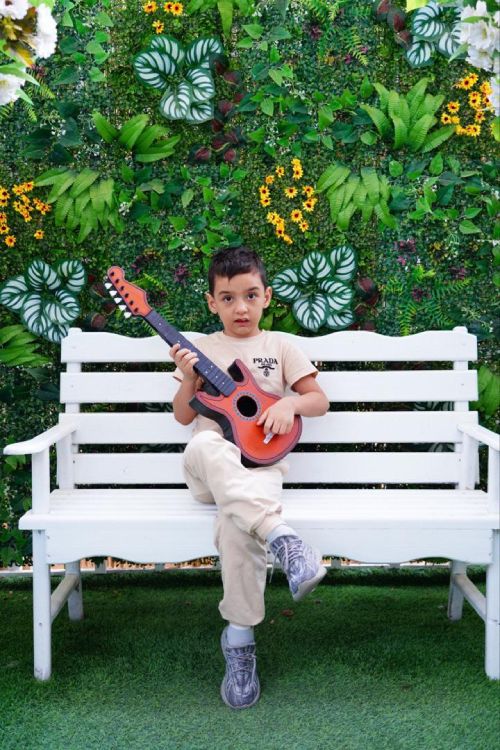
Amirkhon’s father — Tokhir Read More
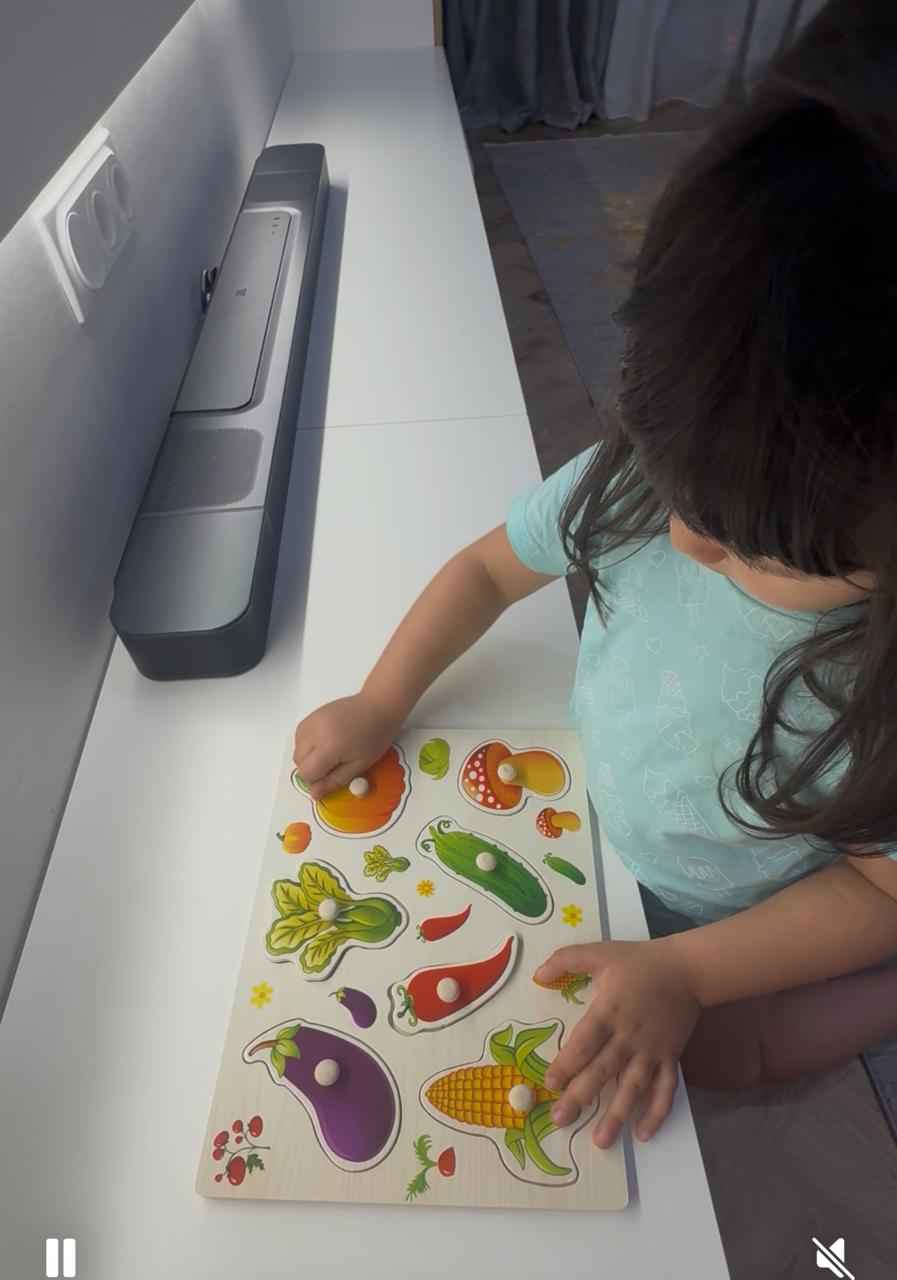
Dilana’s mother Read More
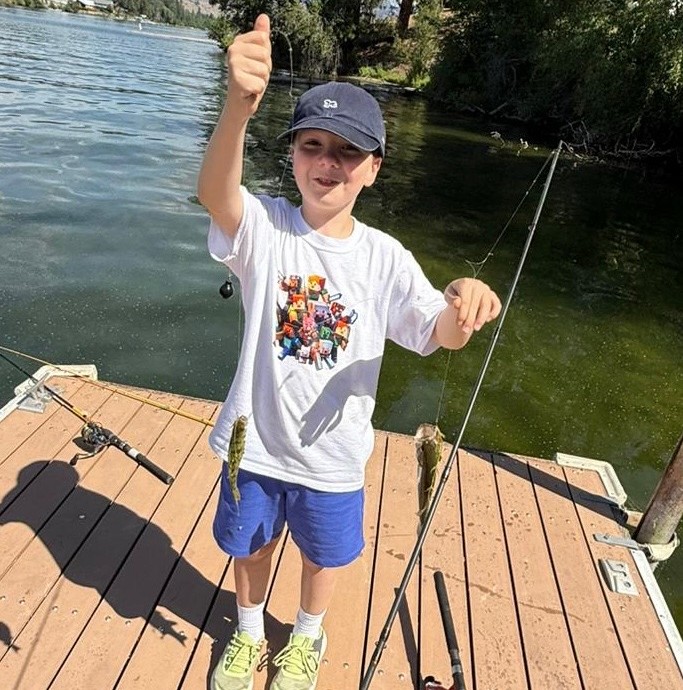
Irina and Stefan – Ilya’s parents Read More
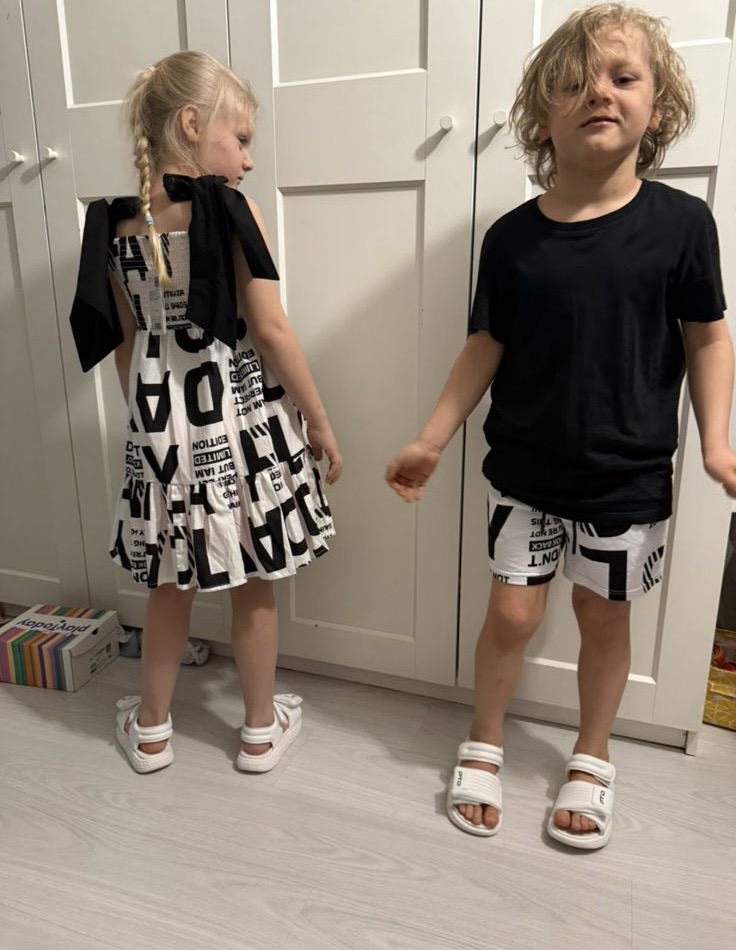
Kristina – mother of Nelly and Nik Read More
